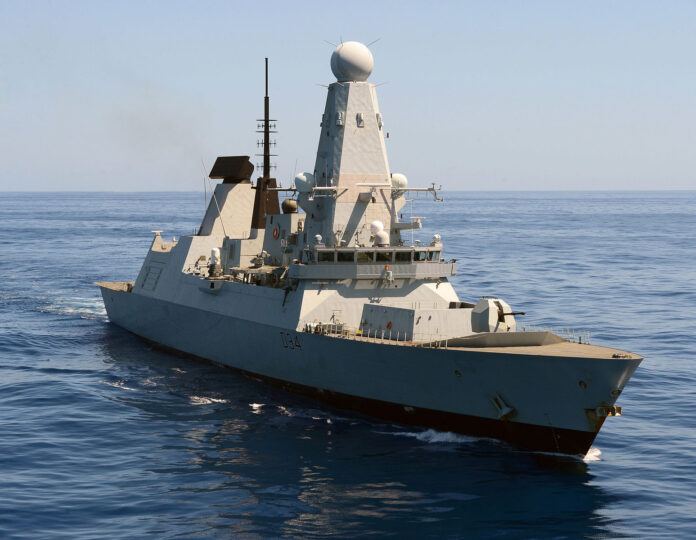In a recent significant naval operation, British and U.S. forces collaborated to counter the largest recorded attack by the Houthi rebels in the Red Sea. The operation involved the HMS Diamond, a state-of-the-art British warship, alongside several U.S. warships, including planes from the USS Dwight D. Eisenhower.
This complex assault, staged by the Iran-backed Houthi rebels, targeted both military and commercial vessels in the strategic waters near the Yemeni ports of Hodeida and Mokha. The rebels employed an array of sophisticated weaponry, launching 18 drones designed for one-way attacks, two anti-ship cruise missiles, and one anti-ship ballistic missile.
The response from the British and U.S. forces was swift and effective, successfully intercepting and neutralizing these threats. This collaboration underscored the allied commitment to maintaining security in crucial international maritime routes. The defense strategy involved the use of Sea Viper missiles and guns aboard HMS Diamond, which played a pivotal role in thwarting the drone attacks.
This incident was part of a broader pattern of Houthi aggression in the Red Sea, marking it as the 26th attack on commercial shipping lanes since November 19. The Red Sea is a vital maritime route for global trade and energy supply, especially near the Bab el-Mandeb Strait, which is a major conduit for sea-traded oil.
The successful repulsion of this attack by the British and U.S. forces highlights the ongoing geopolitical challenges in the region and the importance of international cooperation in safeguarding critical maritime routes against threats. The operation demonstrates the tactical capabilities and readiness of the naval forces to respond to complex maritime threats, thereby ensuring the safety and security of key global shipping lanes.
Image is licensed under the Open Government Licence version 1.0 (OGL v1.0) and was created by MM140092.










